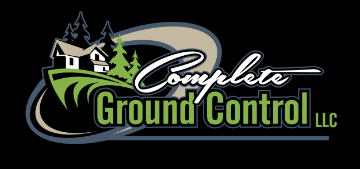Fleas

Fleas are wingless insects with 6 legs that are capable of jumping very far for their size. They are in the parasite family and live and travel off a host, when not on a host they need moist a environment to survive otherwise they risk de-hydration and will die shortly. So when not feeding on a host they need to hide in shaded areas in turf, landscaping mulch, foliage and other areas out of the sun. Typical hosts for these parasites are Dogs, Cats, Opossums, Coyote, Racoon and Fox.
Ticks
Ticks are closely related to Spiders in the Arachnid family and living by Hematophy (The blood of mammals, birds and other species). Ticks can be Vectors of several diseases, common ones are Lyme disease, Colorado tick fever, Rocky mountain tick fever and tick borne relapsing fever. These parasites and need to feed off of 3 different host’s to complete their life cycle. There life span can be anywhere from 3 weeks to several years dependent on their specific host availability. They are predators and will wait patiently for extended periods of time for the right prey to come along.
Flea & Tick Control
Whether it’s your daycare and you need to keep the wood ticks or the dreaded Deer Ticks off your children. Or it’s your pet that you want to help keep any Fleas or ticks out of your yard so your pet can roam worry free within your set boundaries, we have an application for this! It can be applied in a granular form or liquid depending on weather conditions.
Applications should be regular (30 days) to ensure effective treatment all season long.
Ant Control
Ants although not typically turf damaging insects, can become unwanted guests in your lawn landscaping. Two applications within 30 days of each other is needed to drive these stubborn pests from there burrows. Talk to one of our Master Licensed Pest professionals to discuss a management program that custom fits your needs to keep these tough insects from calling your backyard home! Learn more about treatments for Ant Control.
Grubs
White Grubs are commonly one of the most turf damaging insects we come across. The white grub can feed off your grass roots during their 3 year life cycle. When the temperature is right (typically the sunny side of your lawn) these pests will rise closer to the surface and begin feeding on your turfs roots. These lawn damaging pest’s can be mistaken for drought in the lawn, being they typically feed on the sunny sides of the lawn, which is also prone to drought. A quick test to tell the difference in your lawn is to grasp a handful of grass and gently pull, if the grass peels up like sod you probably have grubs and will most likely see them as well just beneath the sod. If the grass stays firmly anchored into the soil it can be drought or other possible lawn diseases. The first year damage is mostly undetectable, second year damage can start to become more noticeable with patches dying here and there but typically mistaken for drought. By year three infestations can become extensive with potentially thousands of square feet of permanent damage to the turf! Extreme damage to a lawn often will not recover from Grub damage making it critical to catch these pests before they reach the later 3rdyear stage. The year 2014 seemed to be their peak so expect the cycle to return in its peak for Minnesota in 2017.
Grub Control is best applied in late spring/early summer to stop white grubs before they do the most damage later in the year. Two Applications is recommended for mature grubs and one application for a preventative measure in the spring for the following years. This application typically needs to be watered in within 24 hrs of application with a deep soil drench to carry the product to the root zone to do its job. The product can become inert or “break down” within 48hrs so it’s vital that you follow instructions from one of our trained professionals and deliver and heavily water you’re lawn (1-2 inches) so the product can perform its intended purpose.
Sod Webworm
Often noticed as smaller white or tan colored moths taking flight in your lawn in the evening as you mow or disturb the grass. These lawn damaging insects do their turf damage in their larva stage by feeding just above the crowns of the grass plant. Often during drought these worms feed on potentially massive areas of turf also mistaken for drought stress in a lawn. This insects can go through several life cycles in one season. Causing damage for a great part of the season.
Sod Webworm Control – A closer inspection by our pest professionals will identify this turf damaging insect and create a custom plan to manage these pests. This application also often requires watering though not as much as the Grub Control being these pest’s are targeted in the thatch layer during low light times of day. A few heavy morning dews can release the product on occasion otherwise a light rainfall is enough to carry the product to the pest. Our solution is typically very effective and lawns will begin to recover (depending on available nutrients present in the soil) within a 17-23 day period.
Note: With almost any lawn stress situations fertilizer will aid and often speed the recovery time the turf.
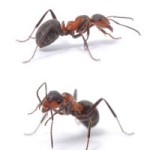 Ants
Ants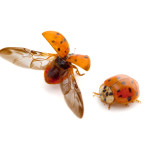 Asian Beetles
Asian Beetles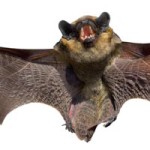 Bats
Bats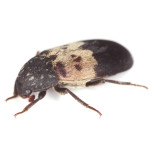 Beetles
Beetles Box Elder Bugs
Box Elder Bugs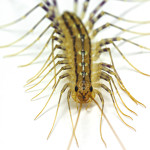 Centipedes
Centipedes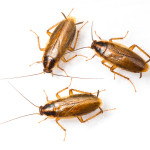 Cockroaches
Cockroaches Fleas
Fleas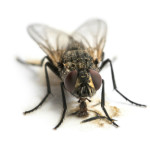 Flies
Flies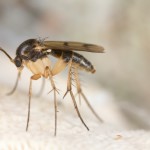 Gnats
Gnats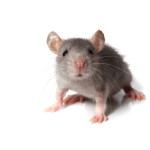 Mice
Mice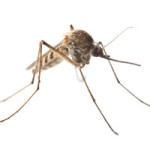 Mosquitoes
Mosquitoes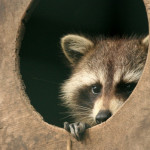 Raccoons
Raccoons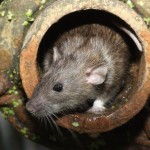 Rats
Rats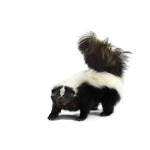 Skunks
Skunks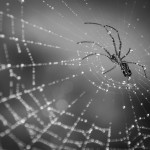 Spiders
Spiders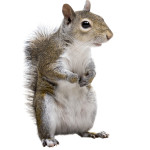 Squirrels
Squirrels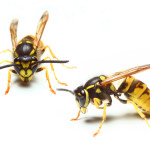 Wasps and Hornets
Wasps and Hornets